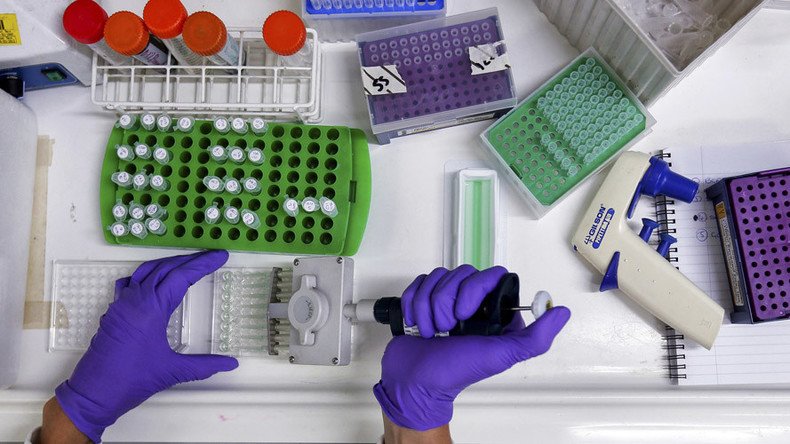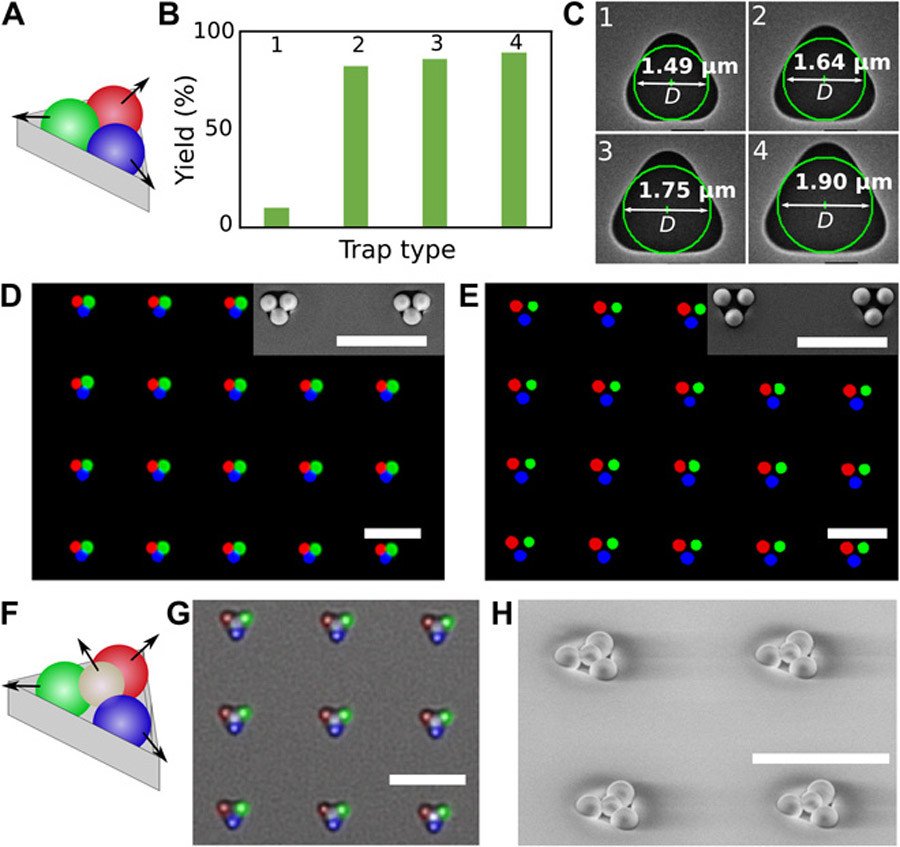Swiss scientists come up with new way to treat cancer using micro-robots

Swiss researchers have created artificial molecules made of nano-sized balls in new technology designed to help develop micro-robots to cure cancer, the scientists said.
READ MORE: New study says vegetarianism can cause cancer
IBM research lab and Swiss technological institute, ETH Zurich, published their findings in the Science Advances magazine.
The size of the spherical molecules is bigger than an ordinary molecule, but far too tiny for the human eye to see. They measure just a few micrometers (a human hair is usually between 10 and 200 micrometers).
The spherical modules are made of silicon or polymer substances, and can have various physical properties, for instance, magnetism or electrical conductivity.
Joining these nano-sized balls with each other, the researchers can create objects of practically any shape and form, from simple triangles to 3D.

To create micro objects from the artificial molecules, the scientists used special forms with cavities of different size, fusing the spheres together by short-term heating.
The process differs from 3D printing in that it uses conformed materials, and the objects have a uniform structure.
In the future, scientists hope they will be able to use the revolutionary development to optimize medical procedures, and to create micro-robots to transport drugs and chemical therapy for more effective cancer treatment.
Researchers are also planning to create molecules able to interact with light, which conjoin in so-called superstructures. There is even a special branch of science studying them called photonics, which deals with various optical signals.












